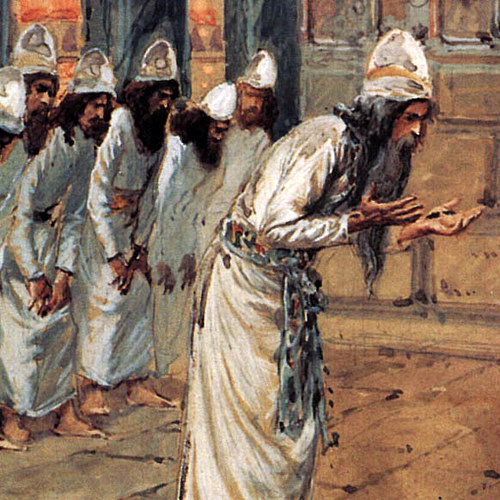Names of the Book
| English: | Leviticus |
| Hebrew: | ויקרא |
| Transliterated: | Vayikra ("And He called") |
| Other names: |
 Who
Who
| Wrote the book: | Moses |
| Are the key people: | Moses, Aaron, Nadab, Abijah, Eleazar, Ithamar |
| Is it written to: | The people of Israel |
 What
What
| Worship and the manner of worshiping of holy G-d (Leviticus 1:1-17:16) |
| Life and the manner of living a holy life (Leviticus 18:1-27:34) |
 When
When
| Was it written: | c 1450-1410 BCE |
| Did the events occur: | c 1476 BCE |
| Was it canonized: | c 499-100 BCE |
| (see the Timeline of the Tanakh) | |
 Where
Where
| Was it written: | On the plains of Moab near Jericho (Deuteronomy 31:9) |
| Did the events occur: | Mt. Sinai |
 Why
Why
| Leviticus was written to inform us that: |
| G-d is Holy. |
| G-d requires sacrifice to be in His presence. |
| G-d requires a life of holiness from His people. |
 Introduction
Introduction
Leviticus is a book of narrative history and law. The book begins where Exodus concludes: Israel is at the foot of Mount Sinai, the glory of the Lord had just filled the newly constructed tabernacle, and nobody, not even Moses, can enter. G-d instructs Moses on the method by which the people can enter the tabernacle and draw near to the presence of the Living G-d. The Levitical priests are given responsibility to guide the nation in approaching and worshiping G-d. The key message is that G-d is holy and He requires His people to be holy. The book also shows that, while G-d has provided a means of cleansing and covering [atoning for] sin so that humanity can approach Him, the service of the Levitical priesthood cannot remove sin.
Scripture- Book Selection
